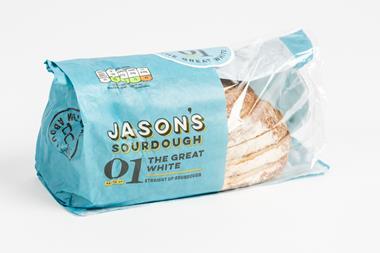Alex Waugh
Director general, Nabim
Now that the UK harvest is complete, there’s an opportunity to reflect on the grain market situation. First the good news: although smaller than anticipated, at 14.8 million tonnes, the British wheat harvest is still bigger than last year and the quality is generally acceptable. Indeed, around the world wheat stocks are expected to remain above 25% of annual usage, a reasonable buffer. Yet the market price remains far above the level of last year with UK bread wheat quotations in the north west about £200 per tonne compared with £130 in 2009.
By now, everyone knows that drought in Russia and Ukraine reduced the crop size there by one-third, leading respectively to an export ban and very tight restrictions. The cheapest sellers have been removed from the world market and prices everywhere have risen as a result. As these countries will not re-enter export markets until they have grain available, this will remain a factor at least until the 2011 autumn harvest. By contrast, wet weather at harvest in Germany and central Europe has led to a relative scarcity of good quality wheat. The premium payable has therefore risen to £30 or £35 per tonne as buyers scour the world for supplies. But it’s not just about wheat supply; in October the US reduced its estimate of its maize harvest by 4%. Global wheat prices, which had been drifting, rose as a consequence and returned close to peak September levels.
The overall tone of the market remains firm. But with the rest of the season likely to be punctuated by good and bad news from crops around the world, a rapid return to 2009 levels is not anticipated.
































No comments yet